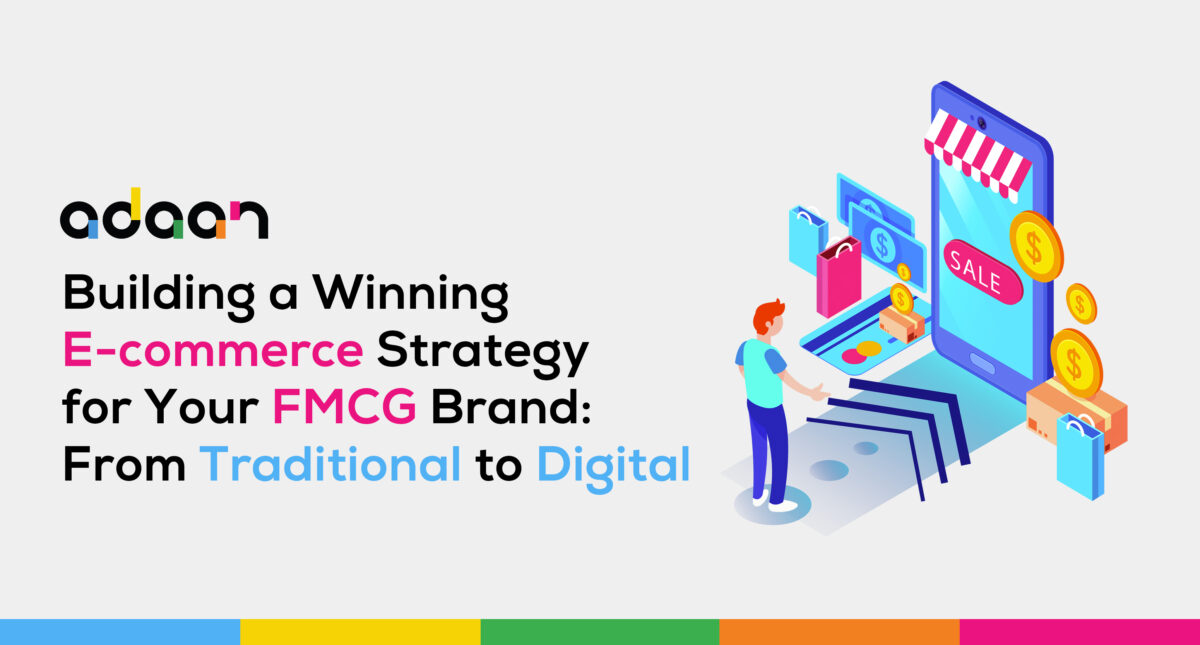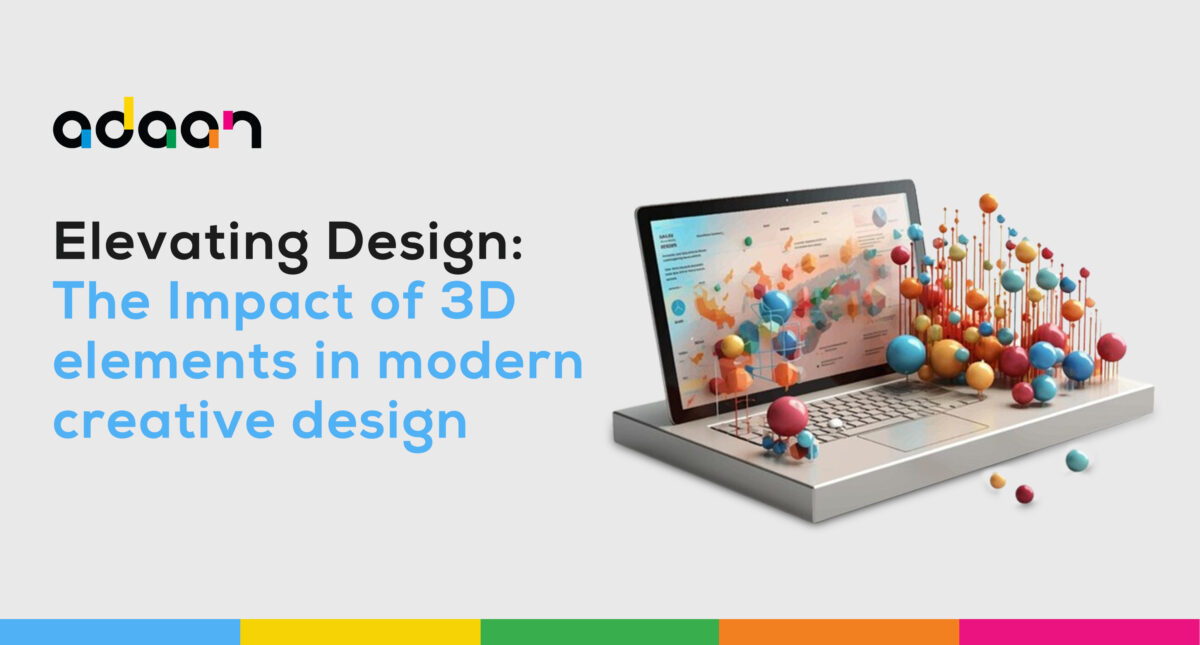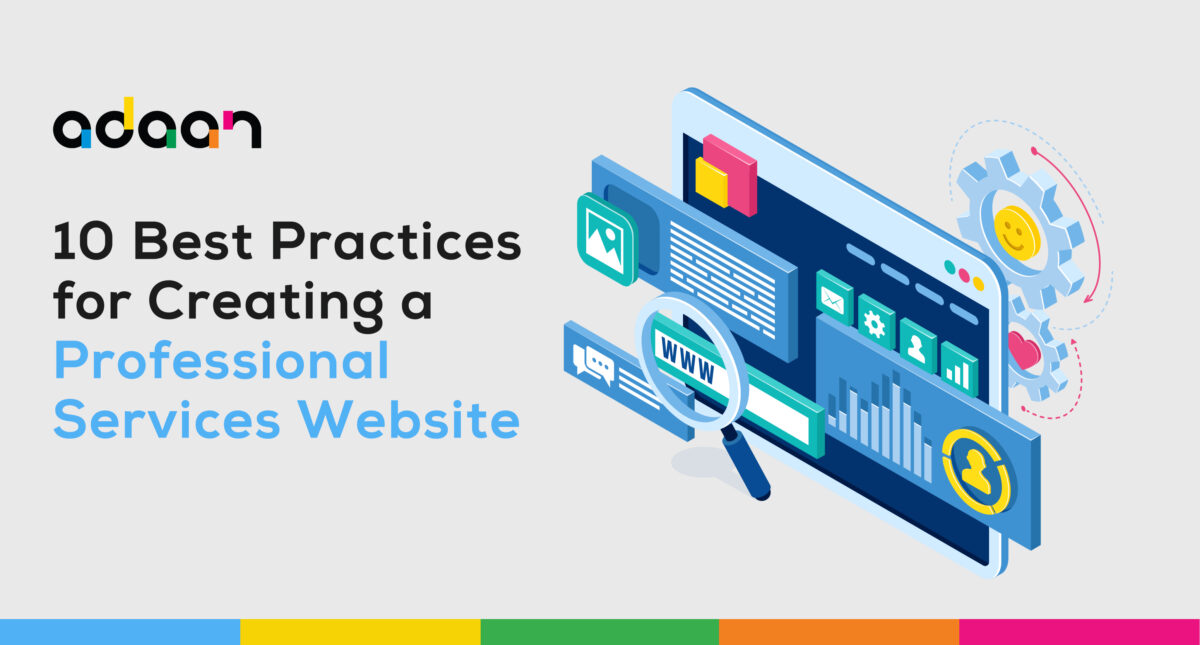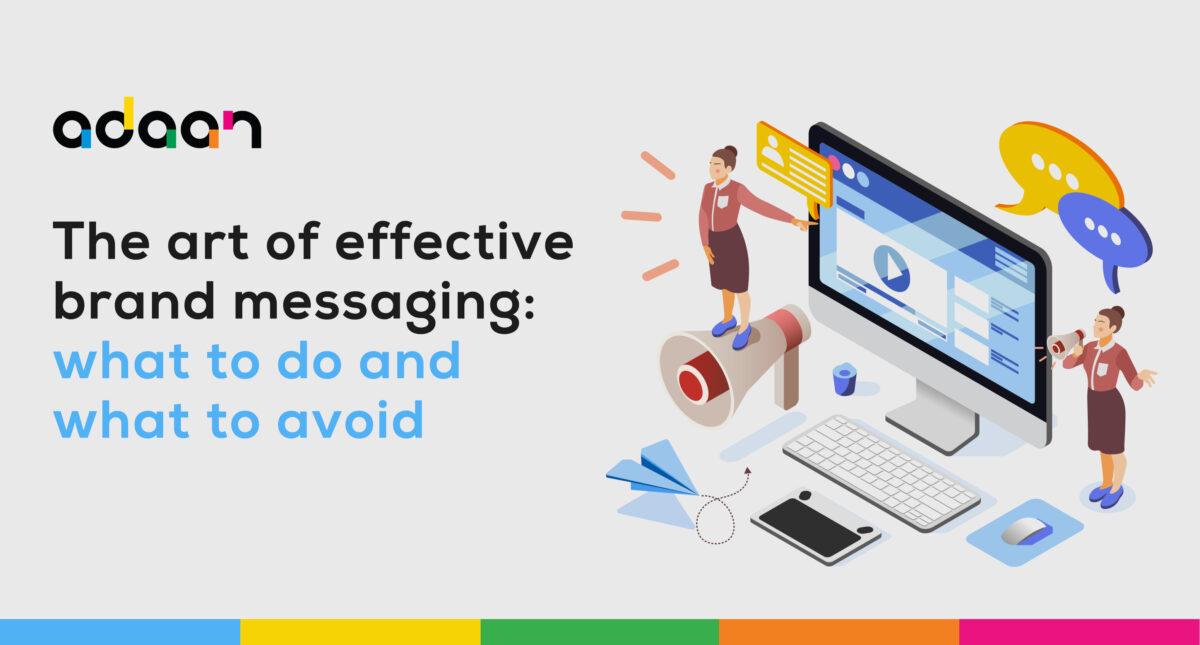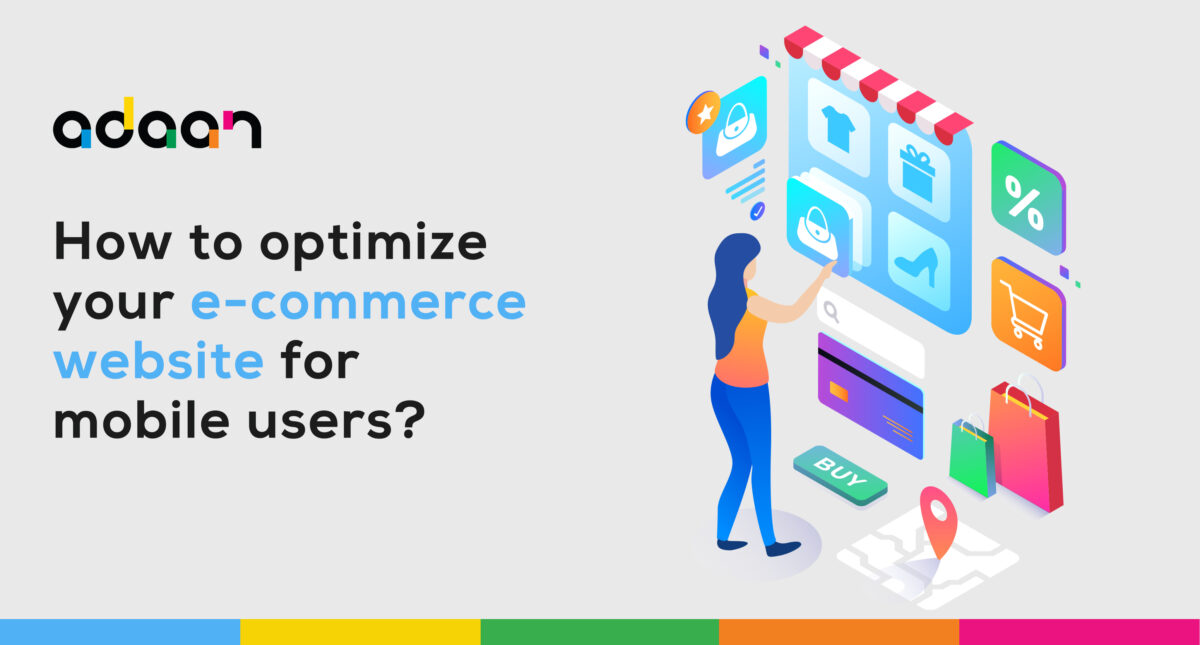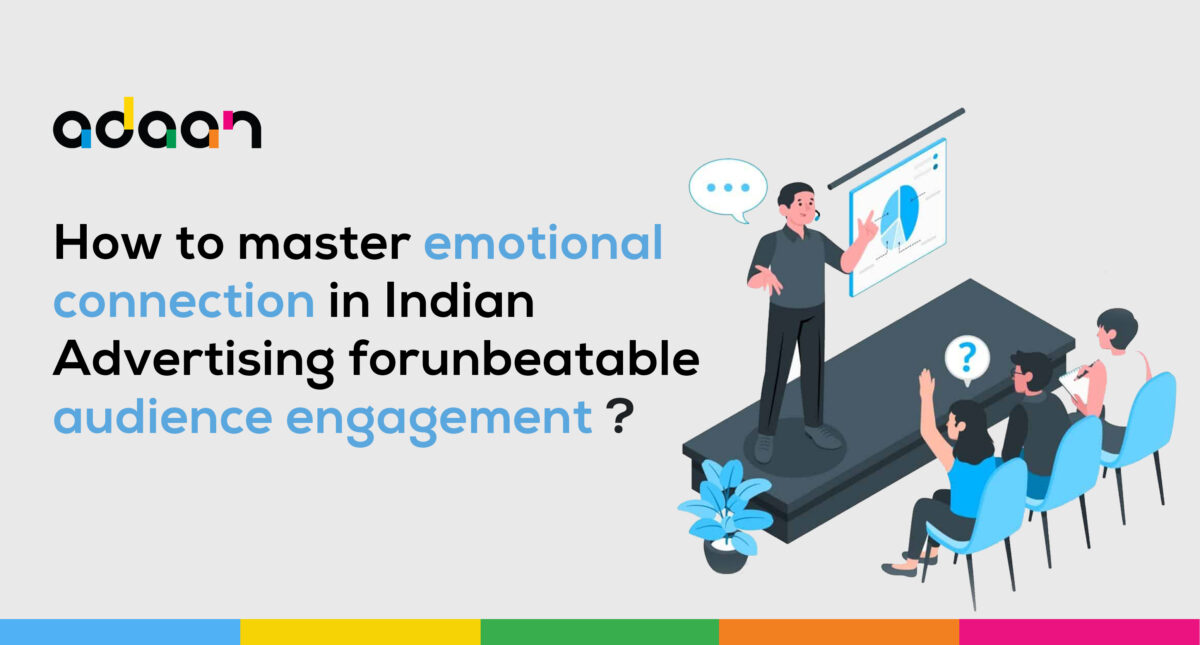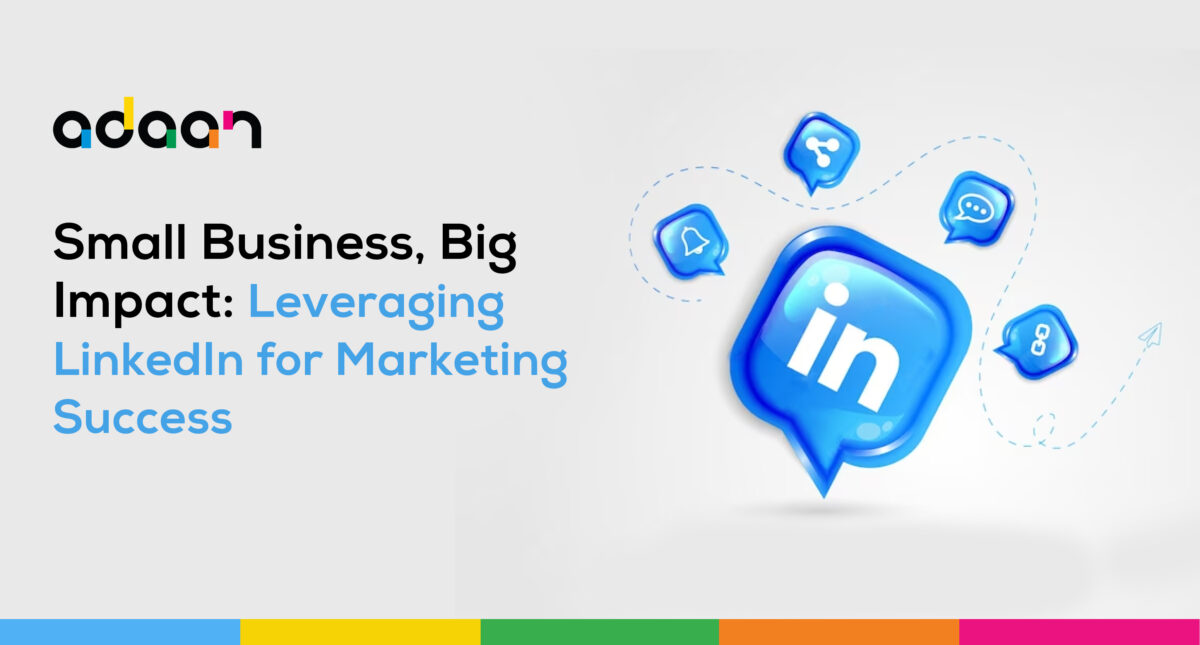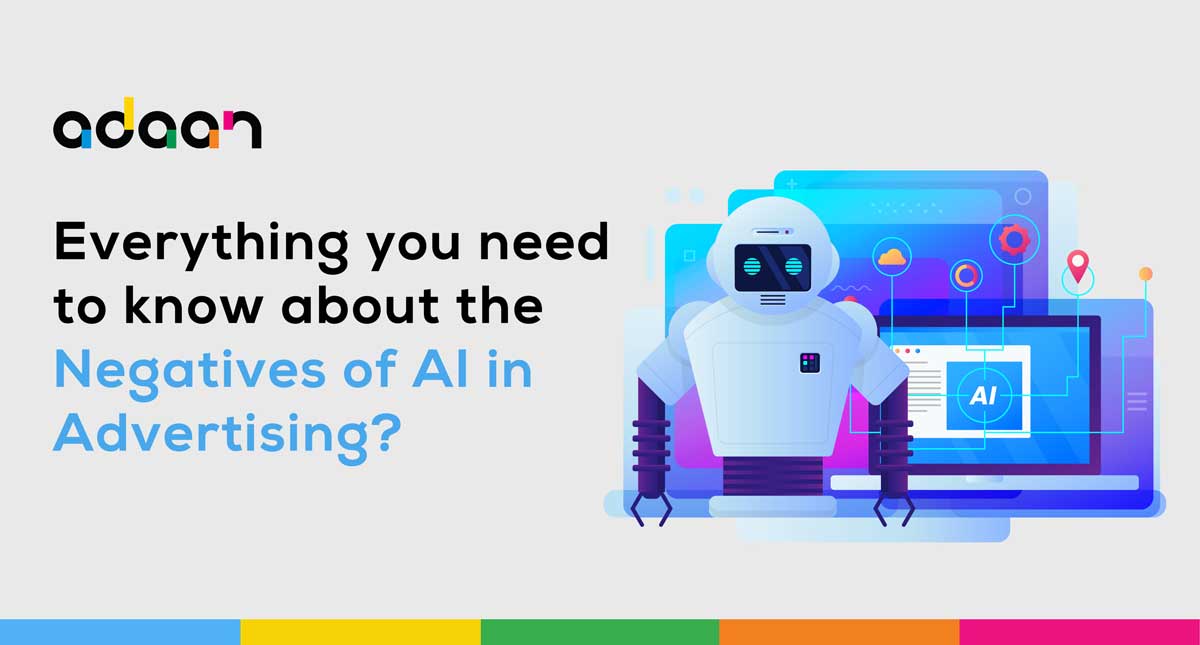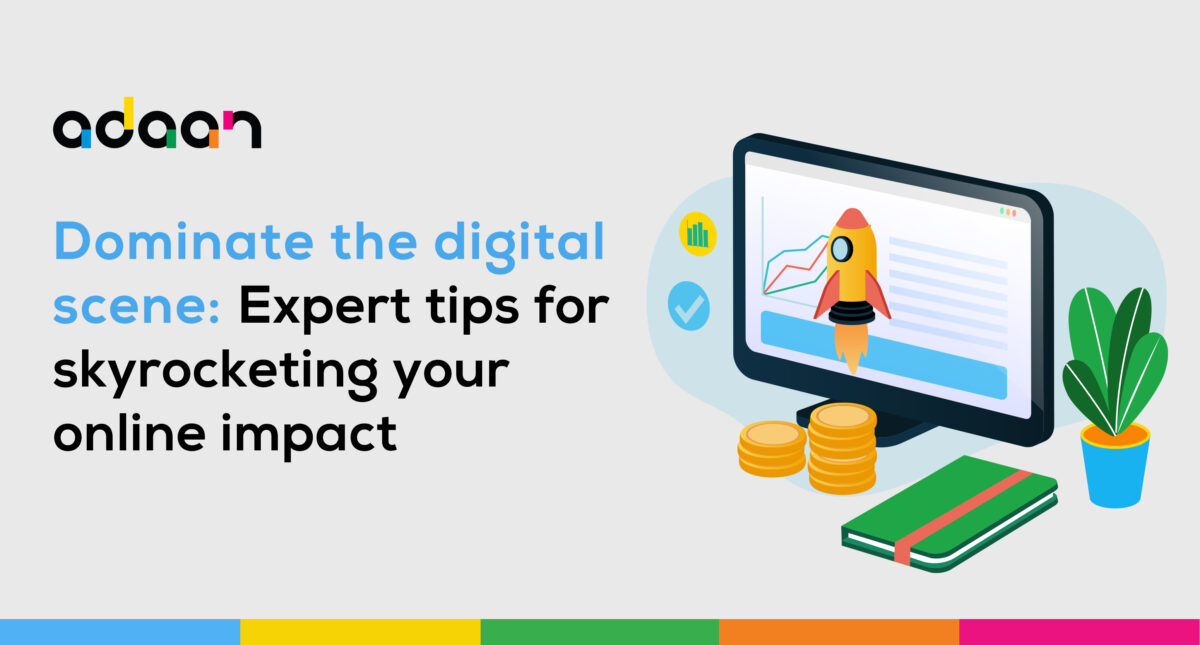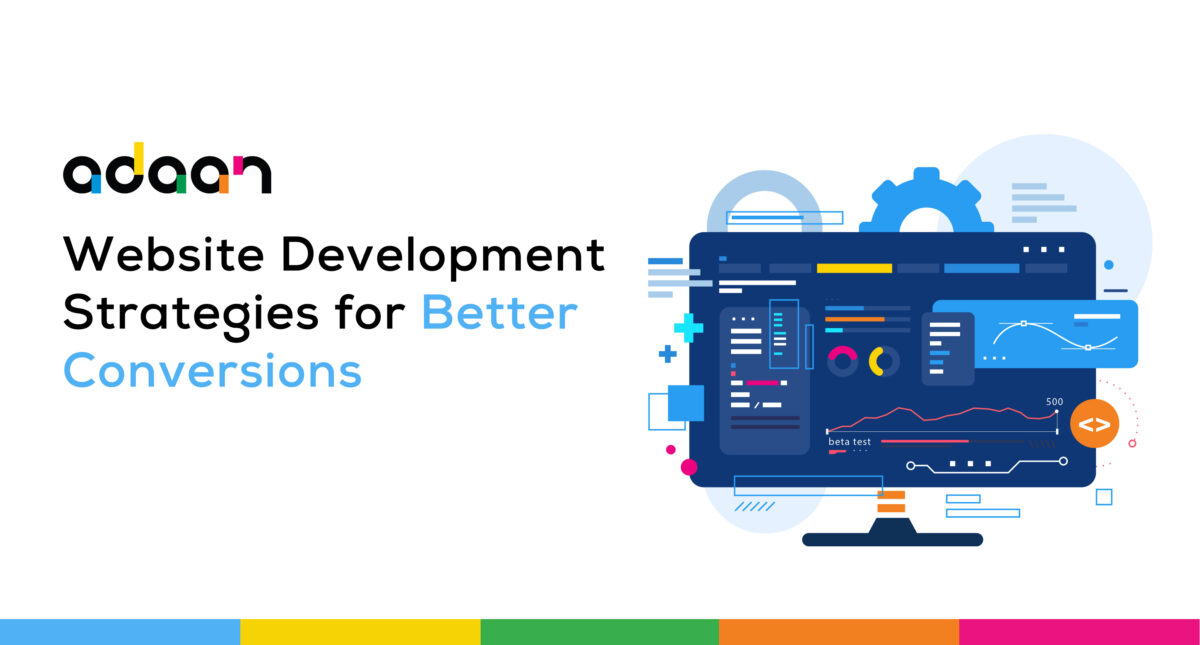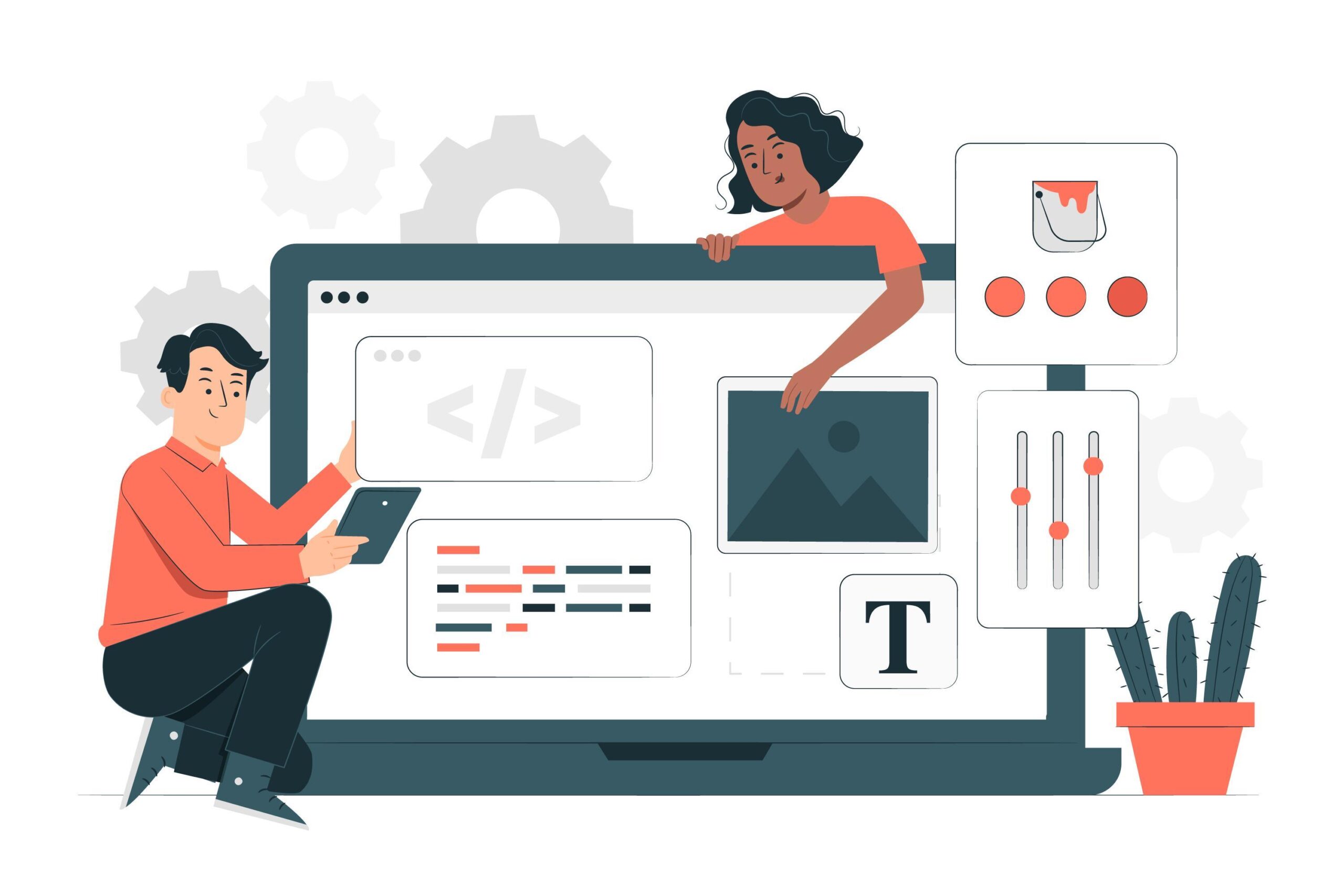Building a Winning E-commerce Strategy for Your FMCG Brand: From Traditional to Digital
The Fast-Moving Consumer Goods (FMCG) zone has profoundly transformed recently. As more clients transition from shopping at brick-and-mortar stores to creating purchases online, FMCG brands are supplied with no way-before-seen possibilities to beautify their reach and develop their sales. This blog will explore building a triumphing e-trade strategy tailor-made for FMCG brands, transitioning from conventional methods to a robust virtual presence.
The Importance of E-commerce in the FMCG Sector
E-trade is no longer an optional channel for FMCG manufacturers; it is crucial. Brands want to embody virtual channels to live aggressively and relevantly. Here’s why etrade is critical for your FMCG brand:
-Convenience for Consumers: Online shopping offers exceptional comfort, allowing consumers to save whenever anywhere. This is a giant advantage for the busy contemporary customer.
-Wider Reach: E-commerce systems allow FMCG brands to expand beyond local markets, tapping into national and international patron bases.
-Data Insights: E-commerce offers treasured statistics on patron behavior, preferences, and buying styles. These insights can power smarter choice-making and centered advertising efforts.
-Cost-Effectiveness: Digital platforms may be more price-effective than preserving bodily stores, mainly when considering overhead fees like lease and staffing.
Crafting an Effective E-commerce Strategy
Developing a powerful e-trade strategy requires a comprehensive technique that touches various aspects of your FMCG business. Here is a step-by-step guide that will help you get started.
1. Analyze Your Market and Audience
Understanding your market landscape and target market is foundational to crafting an e-trade strategy. Begin by conducting thorough marketplace studies to gather insights into your competitors, enterprise tendencies, and customer behaviors. Segment your target audience primarily based on demographics, psychographics, and behavioral factors to provide more customized stories.
Define Clear Objectives and KPIs
What do you are seeking to achieve via your e-trade channel? Align your method with clear goals together with increasing emblem consciousness, growing sales, expanding your client base, or boosting patron loyalty.
-Sales Revenue: Focus on typical income dreams, both quick-term and lengthy-time periods.
-Conversion Rate: Track what number of traffic grows to be paying clients.
-Customer Acquisition Cost (CAC): Measure the price-effectiveness of your advertising techniques.
-Customer Lifetime Value (CLV): Understand the entire worth of a customer and their relationship together with your logo.
Key Components of a Successful E-commerce Strategy
A hit e-trade strategy encompasses several essential components. Let’s discover each element.
Website Optimization and User Experience (UX)
Your e-commerce internet site serves as the digital storefront on your FMCG emblem. It needs to be attractive, user-friendly, and optimized for conversions. Focus on intuitive navigation, fast-loading pages, and cellular responsiveness. Ensure your product pages are certain, providing incredible pics, descriptions, client opinions, and easy checkout processes.
– Mobile Optimization: Ensure your website is absolutely useful on mobile devices, as a sizable chunk of online shoppers use smartphones and pills.
– Simplified Checkout Process: Reduce cart abandonment fees by simplifying the checkout process and offering multiple price options.
Search Engine Optimization (SEO)
Search engine optimization is important for driving natural visitors to your e-commerce platform. Optimize your internet site to rank better on SERPs for relevant key phrases. Conduct keyword research to become aware of the terms your target market is looking for. Optimize meta tags, headers, product descriptions, and pix with those keywords. Create informative blog content material to draw and interact with your target market while enhancing your SEO scores.
Social Media Marketing
Social media platforms are effective equipment for selling your FMCG logo and riding traffic to your e-commerce site. Develop a cohesive social media method spanning systems like Facebook, Instagram, Twitter, and LinkedIn. Engage your target market with compelling content material, including product highlights, user-generated content material, and promotional campaigns. Utilize paid advertising and marketing on those systems to attain a broader audience and drive conversions.
– Influencer Marketing: Collaborate with influencers who resonate along with your target demographic to decorate your logo’s credibility and visibility.
– Interactive Content: Use live videos, polls, and Q&A classes to create interactive reports that increase engagement.
Content Marketing
High-excellent content can educate, tell, and entertain your target audience whilst riding them towards creating a purchase. Create numerous content types—blogs, movies, infographics, publications, and social media posts—that revolve around your products and the problems they resolve. This ought to encompass recipe thoughts for food items, utilization guidelines for family merchandise, or way of life hacks providing your offerings.
Email Marketing
Email marketing remains one of the most effective channels for nurturing leads and maintaining consumer relationships. Develop segmented email lists to ship focused content material, promotions, and product updates. Implement abandoned cart emails to remind clients of merchandise left in their carts. Use personalized hints based totally on browsing and purchase records to upsell and pass-sell products.
Integrating and Automating Your Supply Chain
Efficient supply chain control is important in ensuring well-timed delivery and consumer satisfaction inside the e-trade area.
Inventory Management
Maintaining accurate inventory statistics is vital to keep away from stockouts and overstock situations. Use automated stock control structures to track inventory ranges in actual-time. Forecast calls are primarily based on historic income records and adjust your stock consequently. Implement just-in-time stock practices where feasible to reduce garage prices.
Logistics and Fulfillment
Develop partnerships with reliable logistics vendors to ensure efficient order fulfillment and shipping. Offer more than one transport alternative, together with express and widespread transport. Provide real-time monitoring statistics to clients to preserve them informed about their order status. Consider integrating with 0.33-birthday party logistics (3PL) companies to scale successfully as your commercial enterprise grows.
Leveraging Data Analytics for Continuous Improvement
Data analytics permit you to determine the performance of your e-trade strategy and make statistics-driven decisions.
Performance Metrics
Track key performance signs (KPIs) which includes website traffic, conversion quotes, common order price, and patron retention rates. Use tools like Google Analytics, Shopify Analytics, or different e-commerce analytics structures to screen those metrics.
A/B Testing
Conduct A/B checks on numerous factors of your e-commerce site, including landing pages, product pages, and contact-to-motion buttons. Identify which versions perform better and make iterative upgrades based on the consequences.
Conclusion
Transitioning from conventional retail to a sturdy e-trade presence isn’t any small feat for FMCG brands, but it is necessary in today’s virtual age. By informing your market, defining unique goals, and using a range of digital marketing strategies, you can build a winning e-commerce method. Through non-stop optimization and leveraging records analytics, your FMCG emblem can meet and exceed customer expectations, leading to sustained growth and fulfillment within the rapidly evolving digital marketplace. Partnering with a professional digital advertising and marketing enterprise can catalyze your logo’s wishes to thrive online.
